Ecuador
About Ecuador
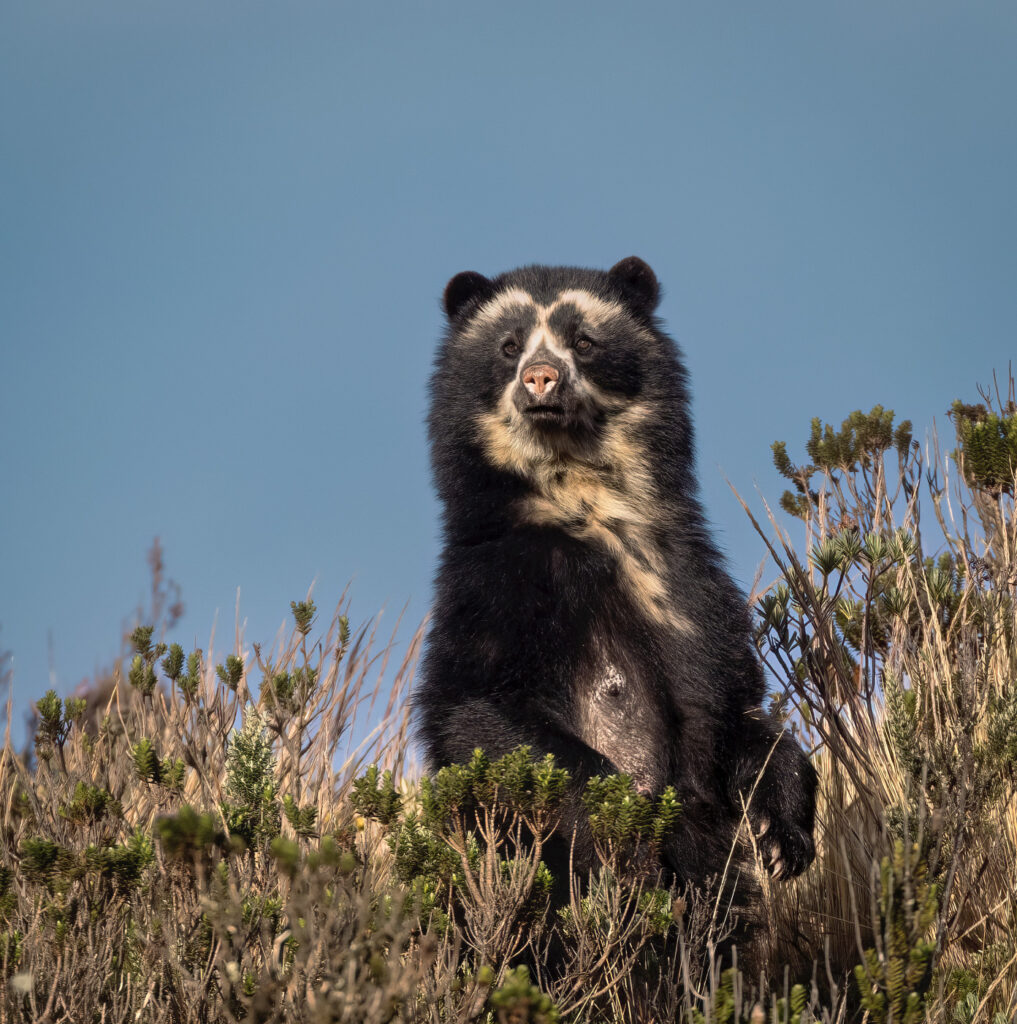
Ecuador is an extraordinary biodiverse country that covers a wide variety of habitats. Its geographical location in the Tropics right on the equator, the influence of the ocean’s currents and the fact that it’s crossed by the largest mountain range on the planet -the mighty Andes- allows for the presence of multiple microclimates in 4 well- defined natural geographical zones: Andes, Amazon, Coast and Galapagos Islands. During our trips you’ll be amazed with the richness of this small charming place. Nowhere else is it as easy to experience such a range of habitats, so close to each other and yet so different.
Ecuador is also renowned for their remarkable biodiversity and exceptional lodging and reserve infrastructure. Many of these accommodations boast superb facilities such as feeders, light traps, and hides, establishing Ecuador as a premier global destination for bird and wildlife photography.
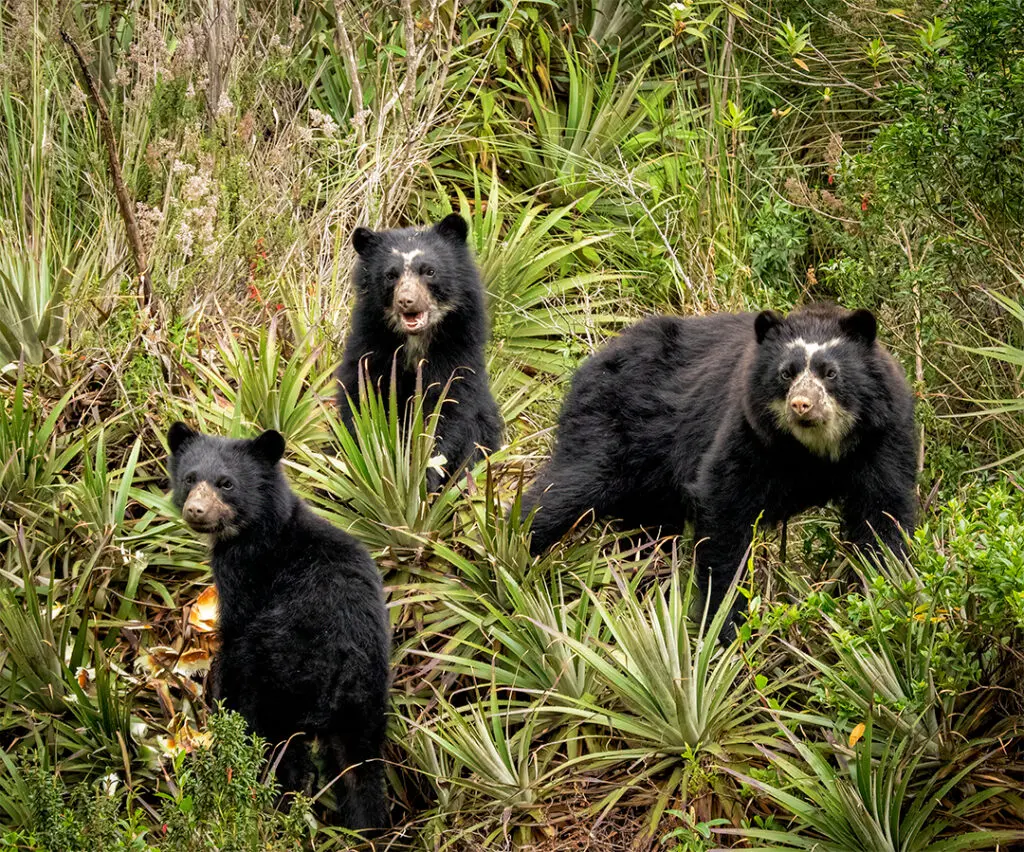
Day Trips Close To Quito
Quito has multiple fascinating biodiverse destinations close enough to the city for perfect for a day scape, which will allow you to experience and admire the lush evergreen slopes of the tropical Andes to majestic Volcanoes surrounded by paramo. Join us if you have free days and wanted to have a break from the big city to get acquainted of the magnificent diversity so close to the equator.

Hummingbird Route & Western Slopes
Explore the most diverse corners the western Andean slopes. Once you get in this unique tropical Andean ecosystem, hummingbirds will take your full attention. The cloud forest concentrates the highest diversity of these winged jewels. Ecuador host over 130 species of hummingbirds!. This tour will allow you to photograph them and enjoy their unmatched beauty.

Amazon Rainforest & Eastern Slopes
Ecuador is an outstanding country with the highest concentration of bird species per square km in the world. The Yasuni National Park is a uniquely diverse area that covers over 9,800 square kilometers (2 million acres) of pristine amazon rainforest. The Park was declared a Biosphere Reserve in 1989 by UNESCO; it is a true hot spot of biodiversity where amphibian, bird, mammal, and vascular plant diversity reach their maximum levels within the Western Hemisphere.
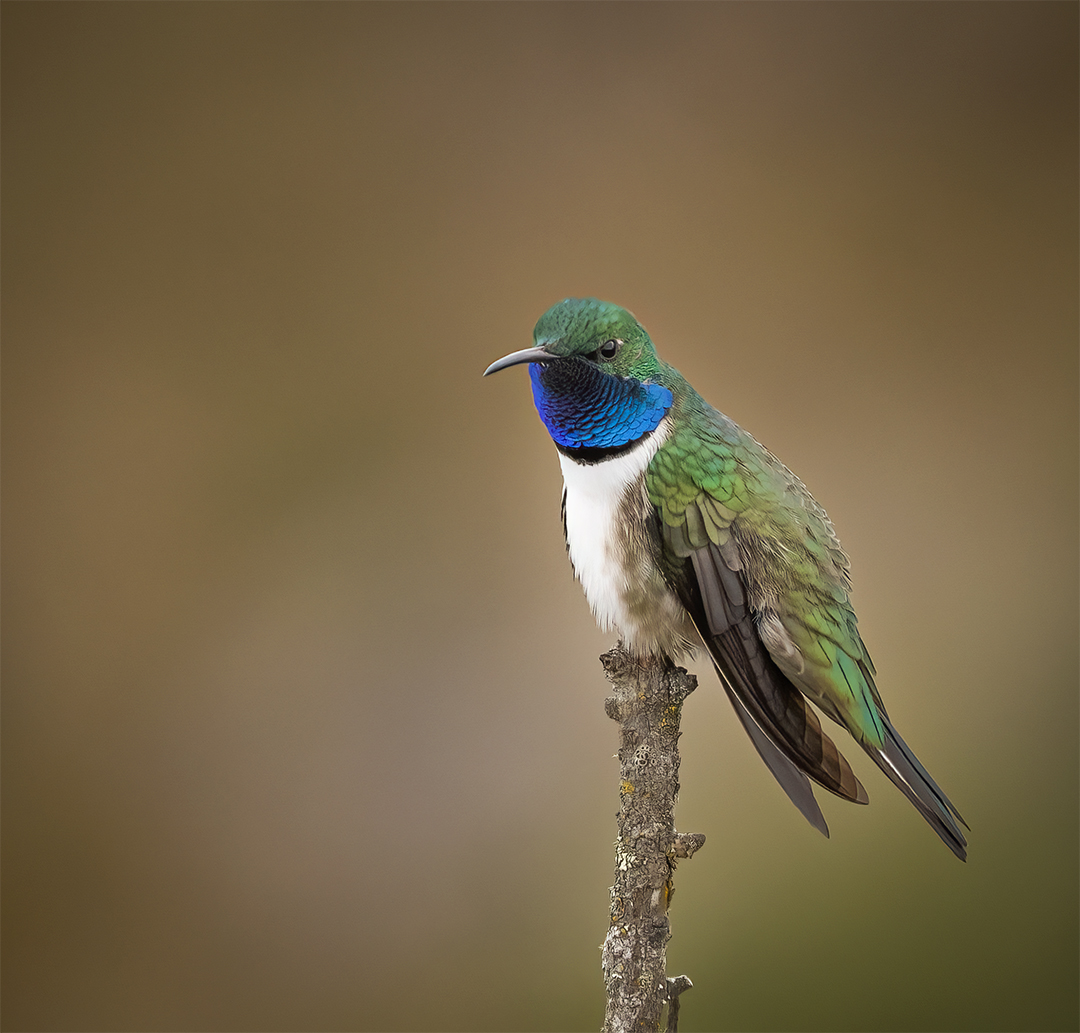
Southern Ecuador
Our Southern Ecuador tour is the most comprehensive tour of the Tumbesian Region, a diverse region, with a rich habitat diversity that host as many as 40 endemic birds species shared only with adjacent parts of northern Peru. This tour cover the coastal region, wetlands, arid scrub, deciduous forests, tropical rainforest, montane subtropical forests, high altitude elfin forests, and páramo
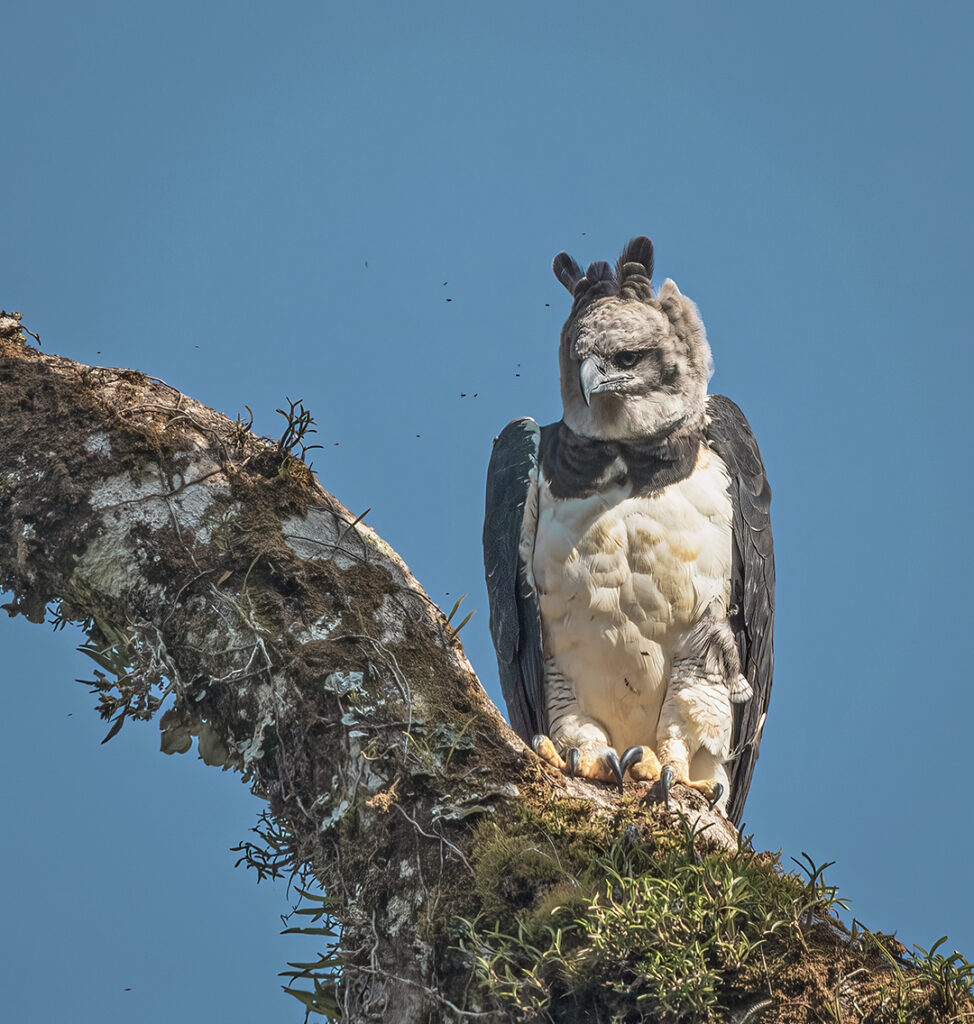
Limoncocha
A new Harpy Eagle nest was discovered in late 2020 within a high priority area for conservation at the Limoncocha Biological Reserve in the amazonian rainforest of Ecuador. This breeding pair is already caring for and guarding a chick. This couple is nesting in a very accessible zone- only a 20 minute boat ride from Limoncocha and a short 20 minute walk along a beautiful flat easy trail from the Napo River.
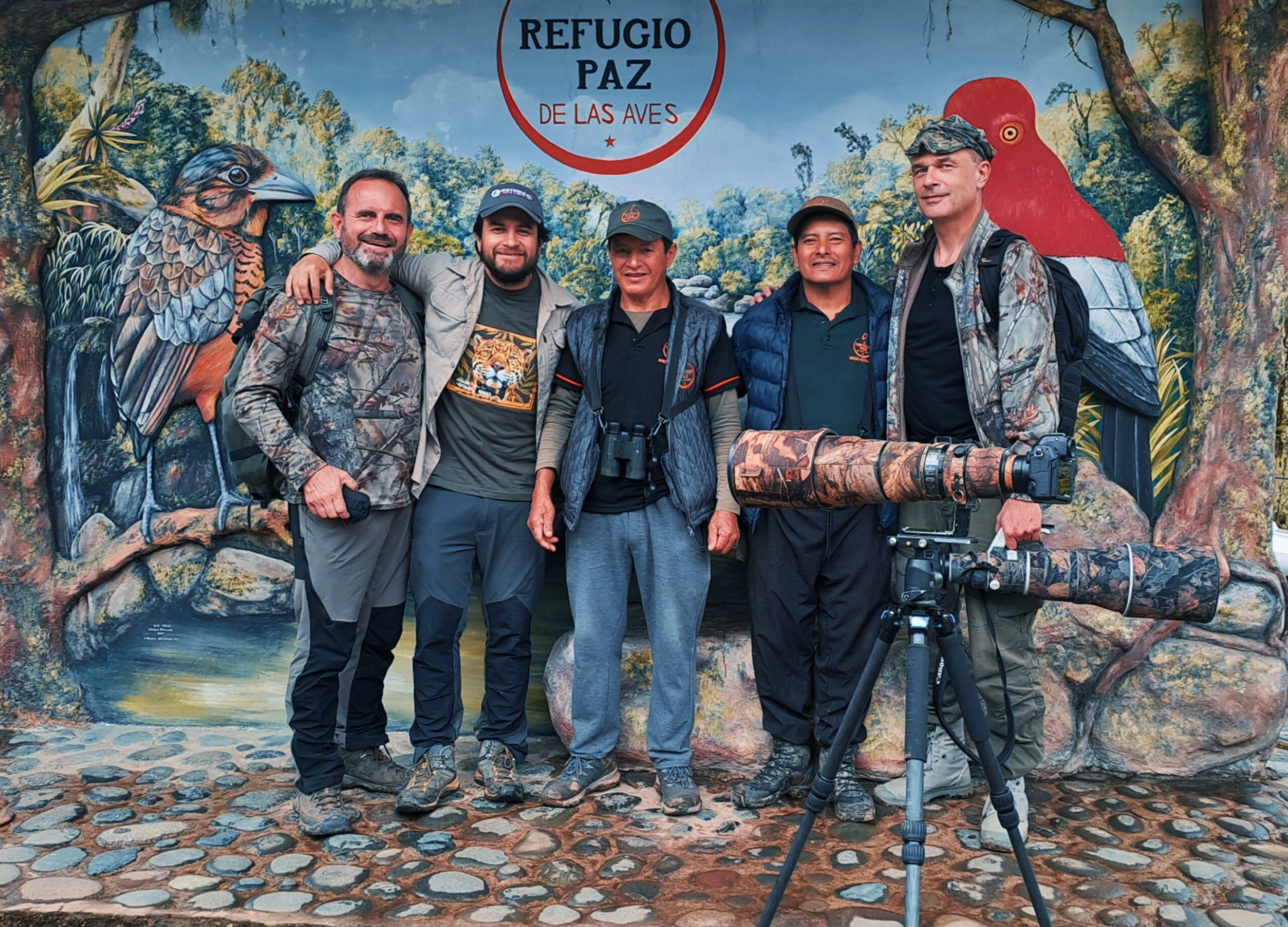
Photo Tours
During our photo tours, our primary objective is to provide optimal opportunities for capturing images of some of the most iconic and sought-after species. This enables our clients to witness genuine, intricate, and often remarkable animal behaviors and features. We devote the necessary time to achieve exceptional shots of each target species.

Yasuni National Park At NWC
Ecuador is an outstanding country with the highest concentration of bird species per square km in the world. The Yasuni National Park is a uniquely diverse area that covers over 9,800 square kilometers (2 million acres) of pristine amazon rainforest. The Park was declared a Biosphere Reserve in 1989 by UNESCO; it is a true hot spot of biodiversity where amphibian, bird, mammal, and vascular plant diversity reach their maximum levels within the Western Hemisphere
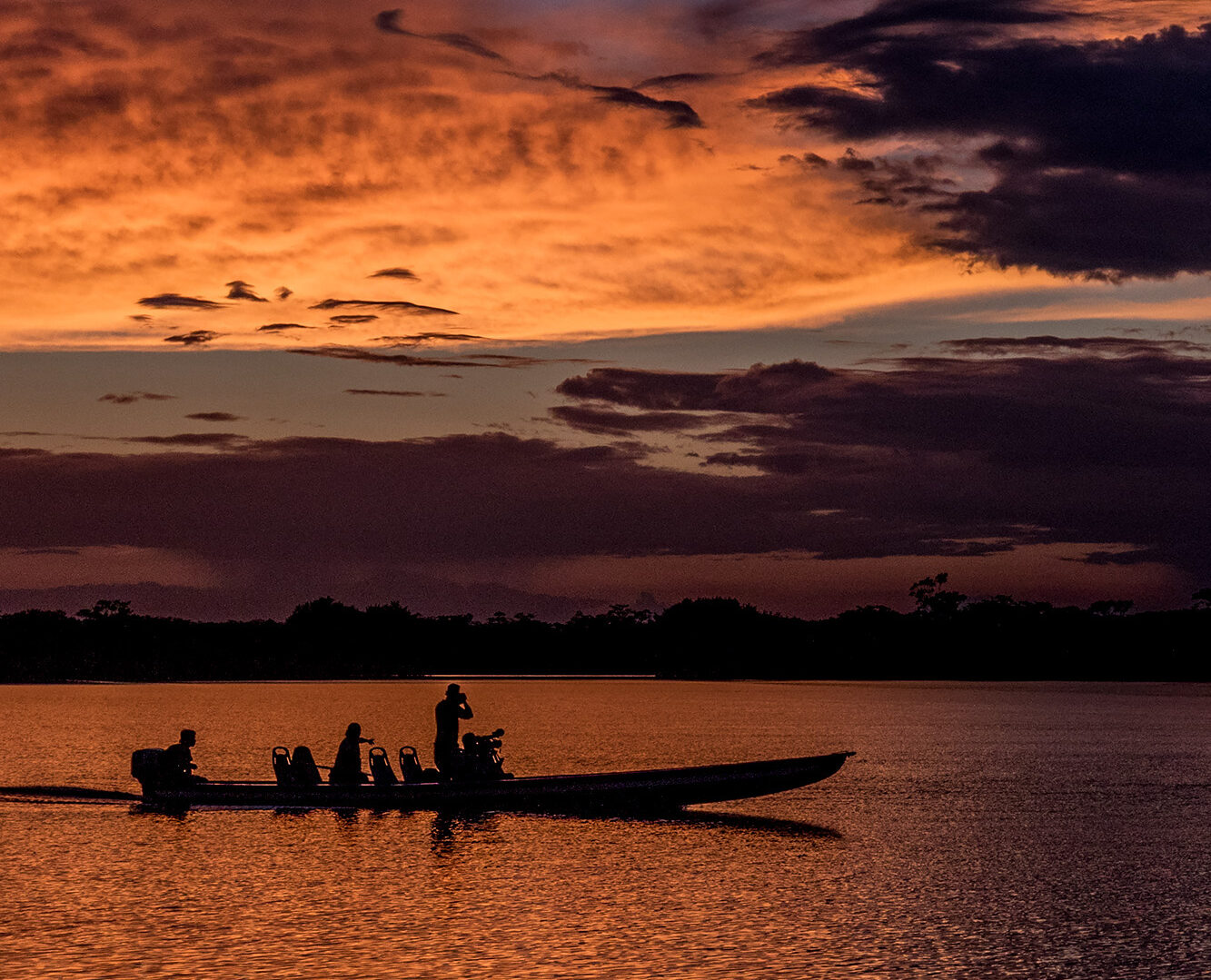
Cuyabeno Wildlife Reserve
This protected area stablished in 1979 protects 590112 hectares and is named after the Cuyabeno River, which overflows in its midpoint creating a 14 lagoon complex and also the most extensive wetlands of the Ecuadorian Amazon. These flooded forests are the territory of dolphins, manatees, alligators, hundreds of birds, anacondas, unique plant species like the guarango tree (Macrolobium), creating a magic and mysterious environment.

Birds and mammals of the Andes
The surroundings of Quito provide different opportunities to find wild bears and other emblematic fauna with good chances of close encounters. Spectacled Bears can be found in the cloud forests and paramos (highlands) around the District of Quito. However, because of the dense vegetation in cloud forests, the encounters are difficult and depend on the availability of a special fruit in a private reserve and the surroundings (two months every year, no season pattern); or hiking to areas where researchers have deployed camera traps for monitoring the bear populations: exciting, but time- and physically demanding.
